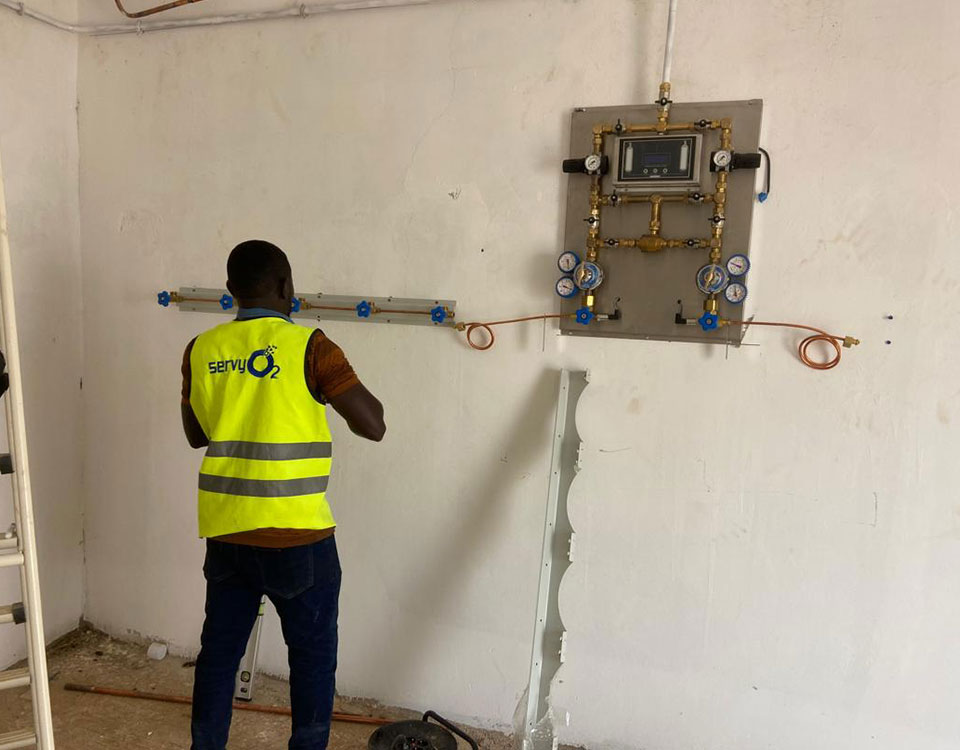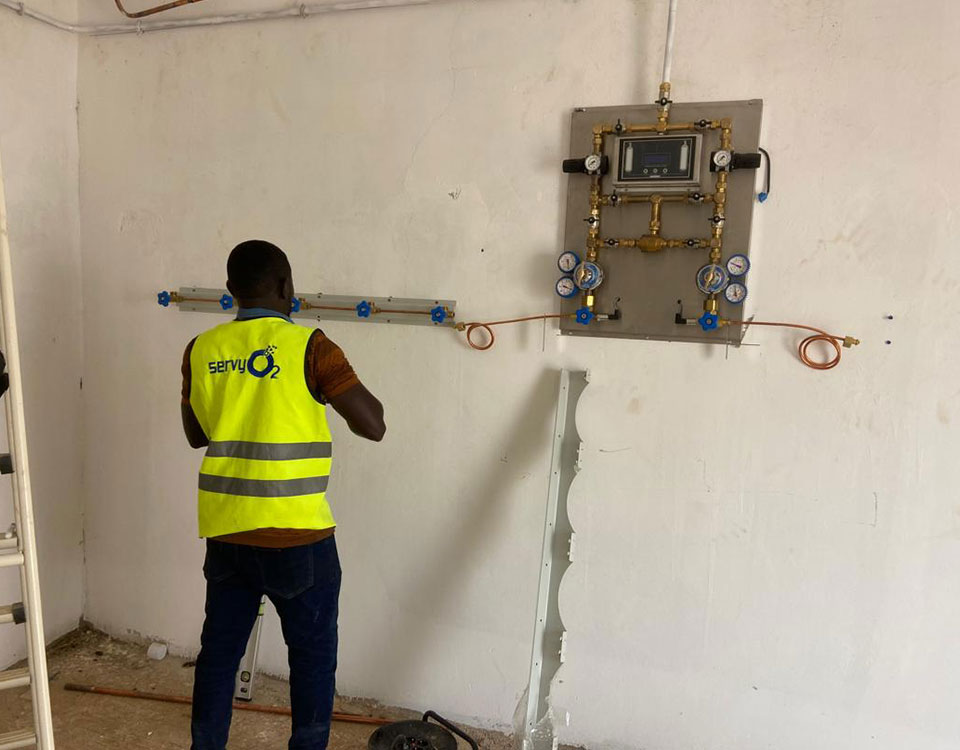Types of Medical Gases Used in Respiratory Therapy
Oxygen (O₂): Oxygen is the most commonly used medical gas in respiratory therapy. It is essential for patients experiencing hypoxemia, chronic obstructive pulmonary disease (COPD), asthma, pneumonia, and other conditions that impair normal oxygen exchange. Oxygen therapy helps to maintain adequate blood oxygen levels, reducing the work of breathing and improving patient outcomes.
Medical Air: Medical air is a mixture of nitrogen and oxygen, often used when a precise oxygen concentration is required. Medical Gases for Respiratory Therapy Ethiopia It is utilized in ventilators and nebulizers to deliver consistent and controlled oxygen concentrations to patients. Medical air is particularly beneficial for patients who need lower oxygen concentrations to avoid oxygen toxicity.
Nitric Oxide (NO): Nitric oxide is used as a vasodilator in respiratory therapy, particularly in cases of pulmonary hypertension and acute respiratory distress syndrome (ARDS). By relaxing the blood vessels in the lungs, nitric oxide helps improve oxygenation and reduce the pressure on the heart, improving patient outcomes.
Heliox (Helium-Oxygen Mixture): Heliox is a mixture of helium and oxygen, which can be used to reduce the work of breathing in patients with conditions like severe asthma or upper airway obstruction. The low density of helium allows the gas to flow more easily through narrowed airways, making it easier for patients to breathe.
Applications in Respiratory Therapy
The use of medical gases in respiratory therapy is essential for managing various respiratory conditions. Oxygen therapy is the most widely used intervention, provided through various delivery systems such as nasal cannulas, masks, and high-flow nasal oxygen devices. For critically ill patients, mechanical ventilation with a controlled mixture of medical air and oxygen is often required.
In neonatal care, medical gases are crucial for supporting premature infants with underdeveloped lungs. Supplemental oxygen and the use of CPAP (Continuous Positive Airway Pressure) or mechanical ventilation with controlled oxygen delivery are standard practices in neonatal respiratory therapy.
Challenges in Ethiopia
While the use of medical gases is integral to respiratory therapy, Ethiopia faces several challenges in ensuring their consistent and safe use. Limited infrastructure and resources in many healthcare facilities make it difficult to maintain a reliable supply of medical gases. Rural and remote areas, in particular, often lack access to adequate medical gas supplies, which can impede effective treatment for patients with respiratory conditions.
Additionally, the training and expertise required to properly administer and monitor medical gases are often limited in many healthcare settings. Medical Gases for Respiratory Therapy Nigeria Inadequate training can lead to improper usage, which may result in complications such as oxygen toxicity or inadequate treatment outcomes. Ensuring that healthcare professionals are adequately trained in the use of medical gases is crucial for improving patient care.






Comments